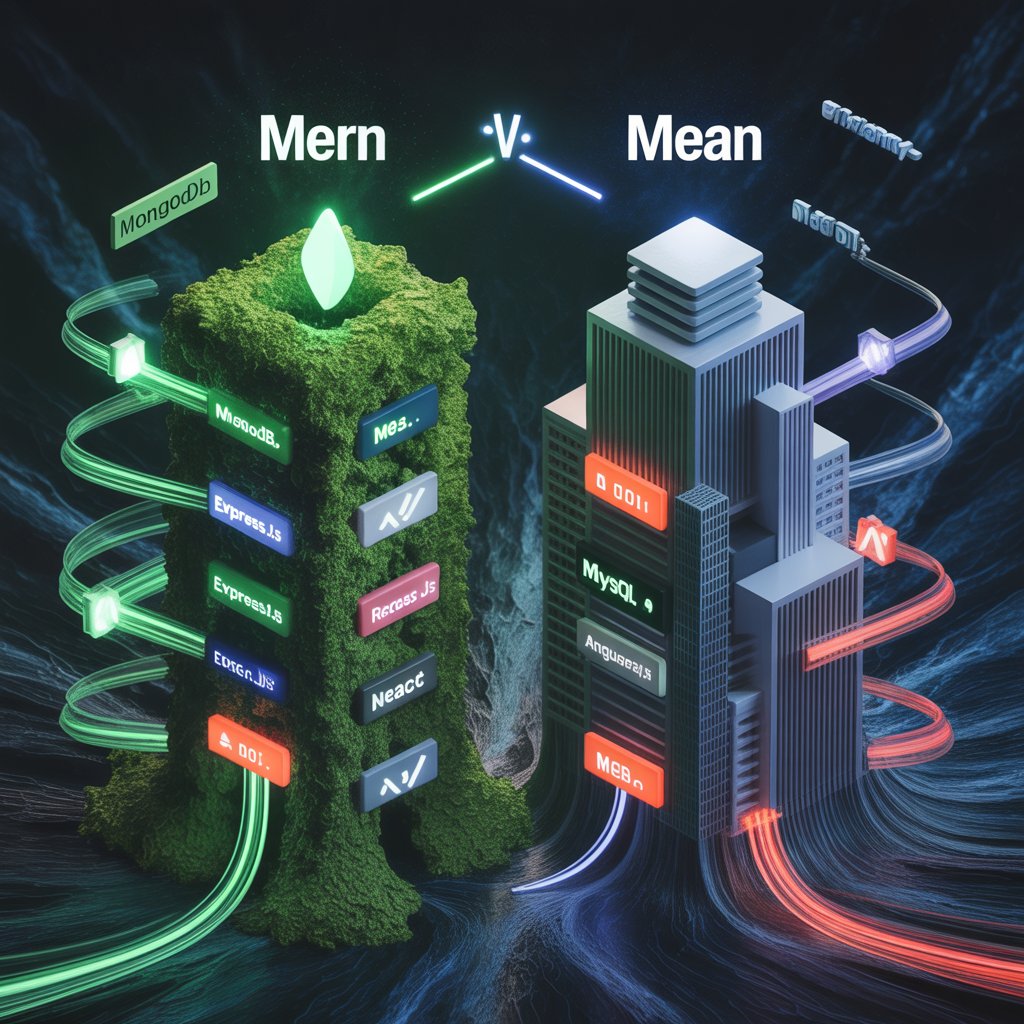Data Analytics Certification Programs in Ranchi – Build a Future-Ready Career with Emancipation Edutech Pvt. Ltd.
Data Analytics Certification Programs in Ranchi – Build a Future-Ready Career with Emancipation Edutech Pvt. Ltd. In today’s digital economy, data has become the driving force behind every successful business decision. As industries continue to embrace data-driven strategies, data analytics certification programs are opening doors to high-paying, future-ready careers. If you are in Ranchi and looking to start your journey in analytics, Emancipation Edutech Pvt. Ltd. (EEPL Classroom) offers the best data analytics courses in Ranchi, designed to help you master the most in-demand skills. 📊 Why Choose Data Analytics as a Career? Every company—whether in IT, finance, healthcare, or retail—relies on data for smarter decision-making. Data analytics professionals interpret this data to uncover insights, predict trends, and drive business growth. According to industry reports, India’s analytics industry is projected to grow by 30% annually, creating thousands of job opportunities for skilled professionals. For students in Ranchi, this is a golden opportunity to enter one of the fastest-growing tech careers of the decade. 🎓 What is a Data Analytics Certification Program? A data analytics certification program is a specialized training course that helps you gain practical knowledge of analyzing, visualizing, and interpreting data. These programs are structured to teach you essential technical and analytical skills used in real-world scenarios. At Emancipation Edutech Pvt. Ltd. (EEPL Classroom), the certification course is designed by industry experts and focuses on hands-on learning, live projects, and placement support, ensuring that every learner becomes job-ready by the end of the program. 💡 Key Highlights of Data Analytics Certification Programs at Emancipation Here’s what makes Emancipation Edutech Pvt. Ltd. stand out as the best data analytics training institute in Ranchi: 1. Comprehensive Curriculum Covers everything from Excel, SQL, Python, Power BI, Tableau, and Machine Learning to advanced analytics concepts. 2. Hands-on Learning Students get to work on real-time projects using live datasets, helping them apply theoretical knowledge to practical scenarios. 3. Expert Faculty Courses are taught by experienced data analysts and IT professionals who guide students through every step of the learning process. 4. Internship Opportunities EEPL provides internships and live industry exposure, giving learners a head start in building their professional portfolio. 5. 100% Placement Assistance Dedicated placement support ensures students connect with top recruiters in Ranchi and across India. 6. Flexible Batch Timings Morning, evening, and weekend batches available—ideal for students and working professionals. 🧠 Key Skills You’ll Learn A certified data analytics course equips you with multiple skills that are highly valued by employers: 💼 Career Opportunities After Certification Once you complete your data analytics certification from Emancipation Edutech Pvt. Ltd., you can explore a range of career roles such as: With the right skill set and certification, you can work in diverse sectors like banking, education, e-commerce, manufacturing, IT, and healthcare. 🏫 Why Emancipation Edutech Pvt. Ltd. (EEPL Classroom) is the Best Choice in Ranchi Located near Plaza Chowk, Lalpur, and Main Road Ranchi, Emancipation Edutech Pvt. Ltd. is known for providing industry-ready data analytics training that focuses on real results. 🔹 Institute Highlights: 📍 Address: Near Plaza Chowk, Main Road, Lalpur, Ranchi (Opposite Plaza Cinema)📞 Contact: 9835131568🏢 Institute: Emancipation Edutech Pvt. Ltd. (EEPL Classroom) 🚀 Why Certification Matters A data analytics certification is more than just a qualification—it’s proof of your technical competence and professional readiness. Certified data analysts are preferred by employers because they demonstrate both skill and commitment to continuous learning. With Emancipation’s certified course, you not only gain theoretical knowledge but also build the confidence to handle real-world data challenges, preparing you for both local and global opportunities. 🌟 Conclusion The future belongs to those who understand data. If you’re passionate about technology, numbers, and problem-solving, a data analytics certification is your gateway to a rewarding career. Join Emancipation Edutech Pvt. Ltd. (EEPL Classroom)—the best institute for data analytics courses in Ranchi—and gain the knowledge, tools, and certification that make you stand out in today’s competitive job market. Emancipation Edutech Pvt. Ltd. (EEPL Classroom)📍 Near Plaza Chowk, Main Road, Lalpur, Ranchi (Opposite Plaza Cinema)📞 Contact: 9835131568💻 Empowering Futures Through Data and Technology








